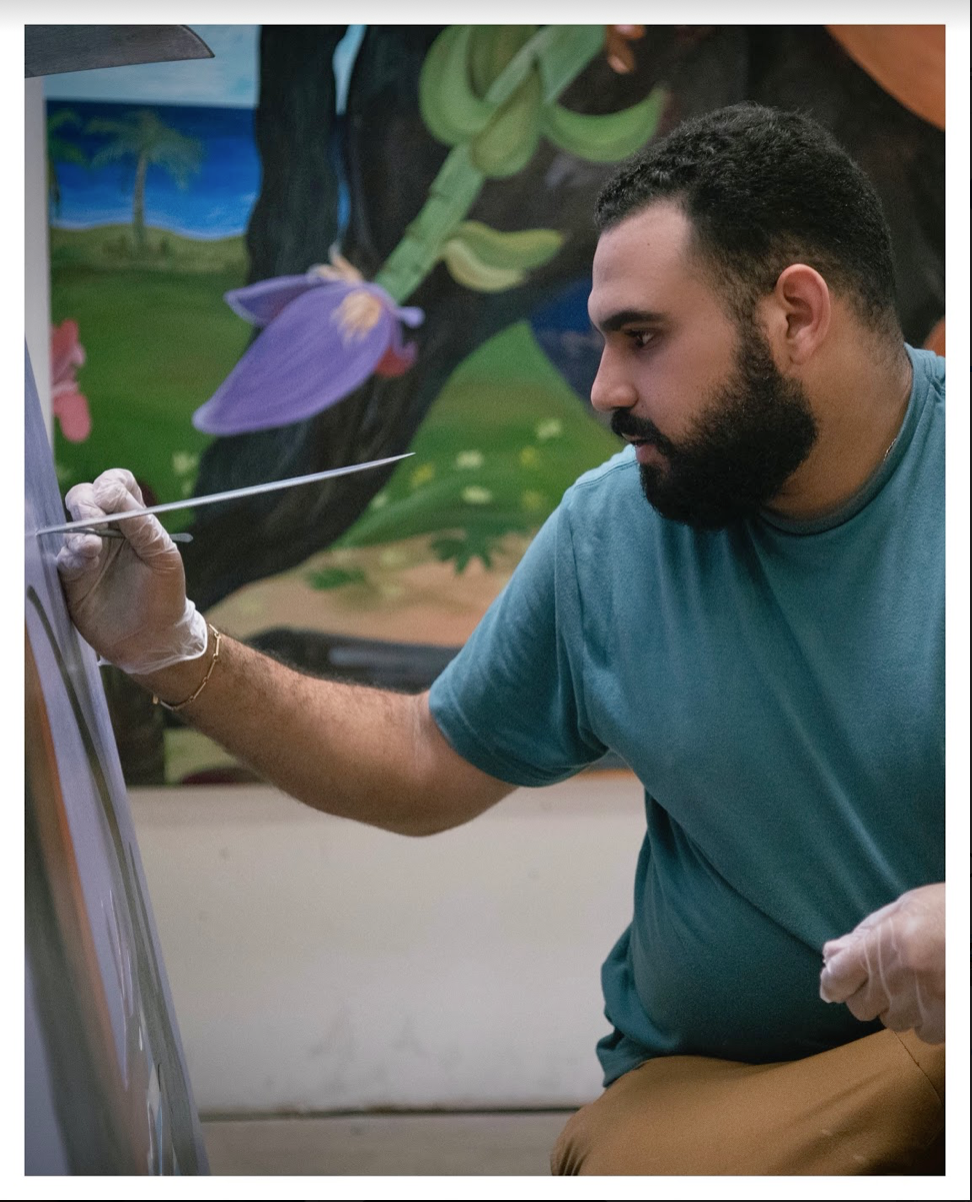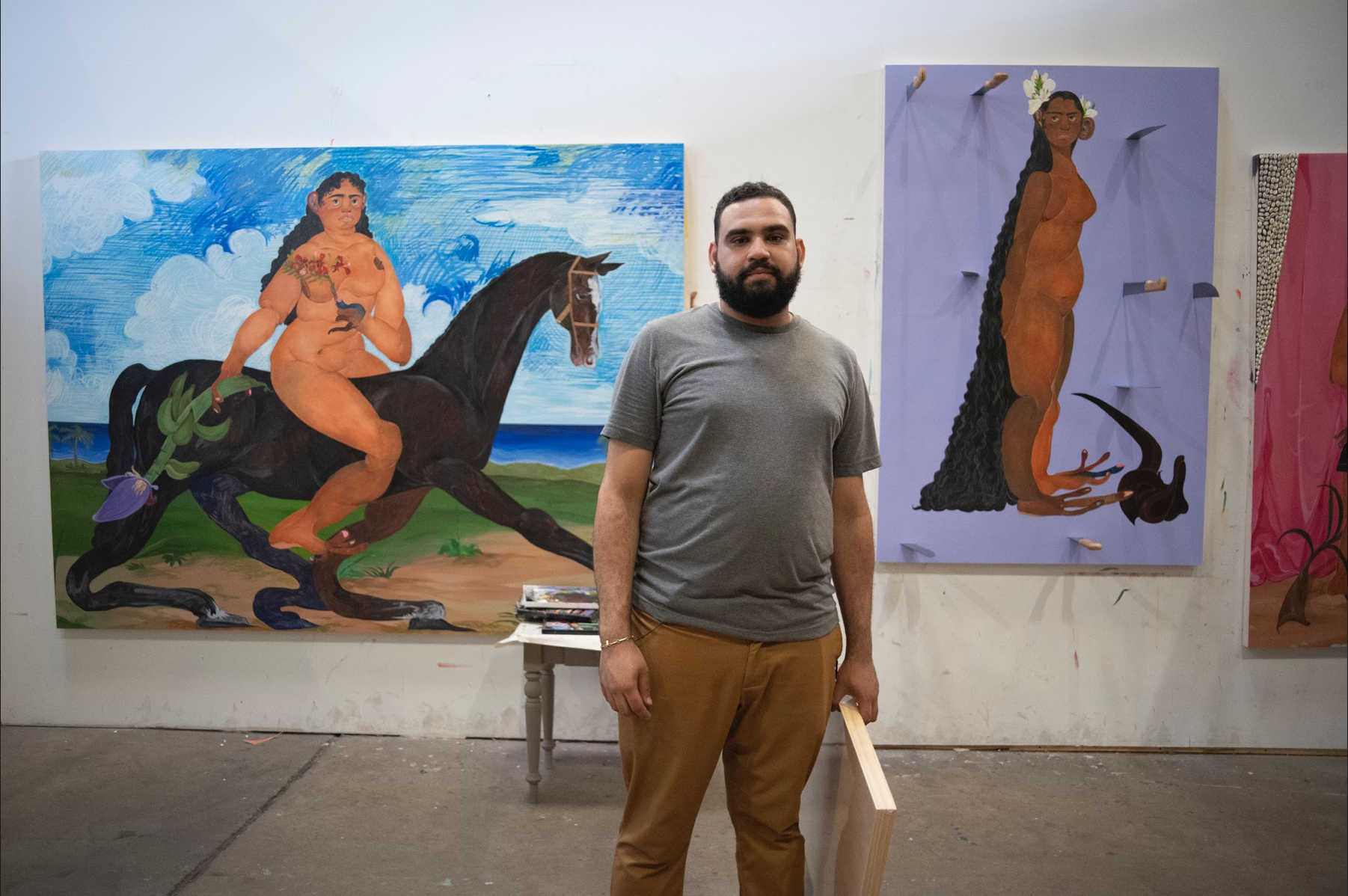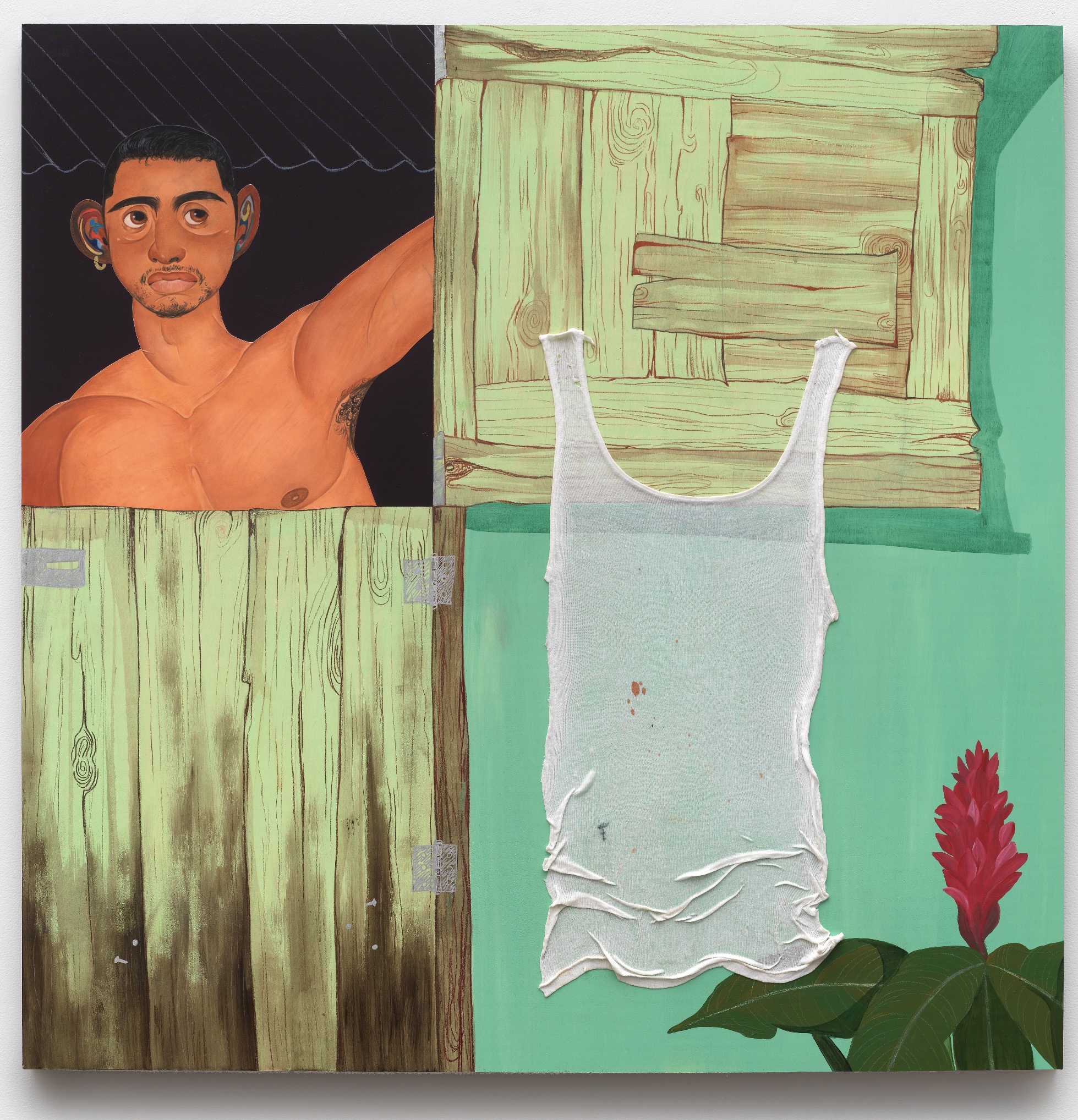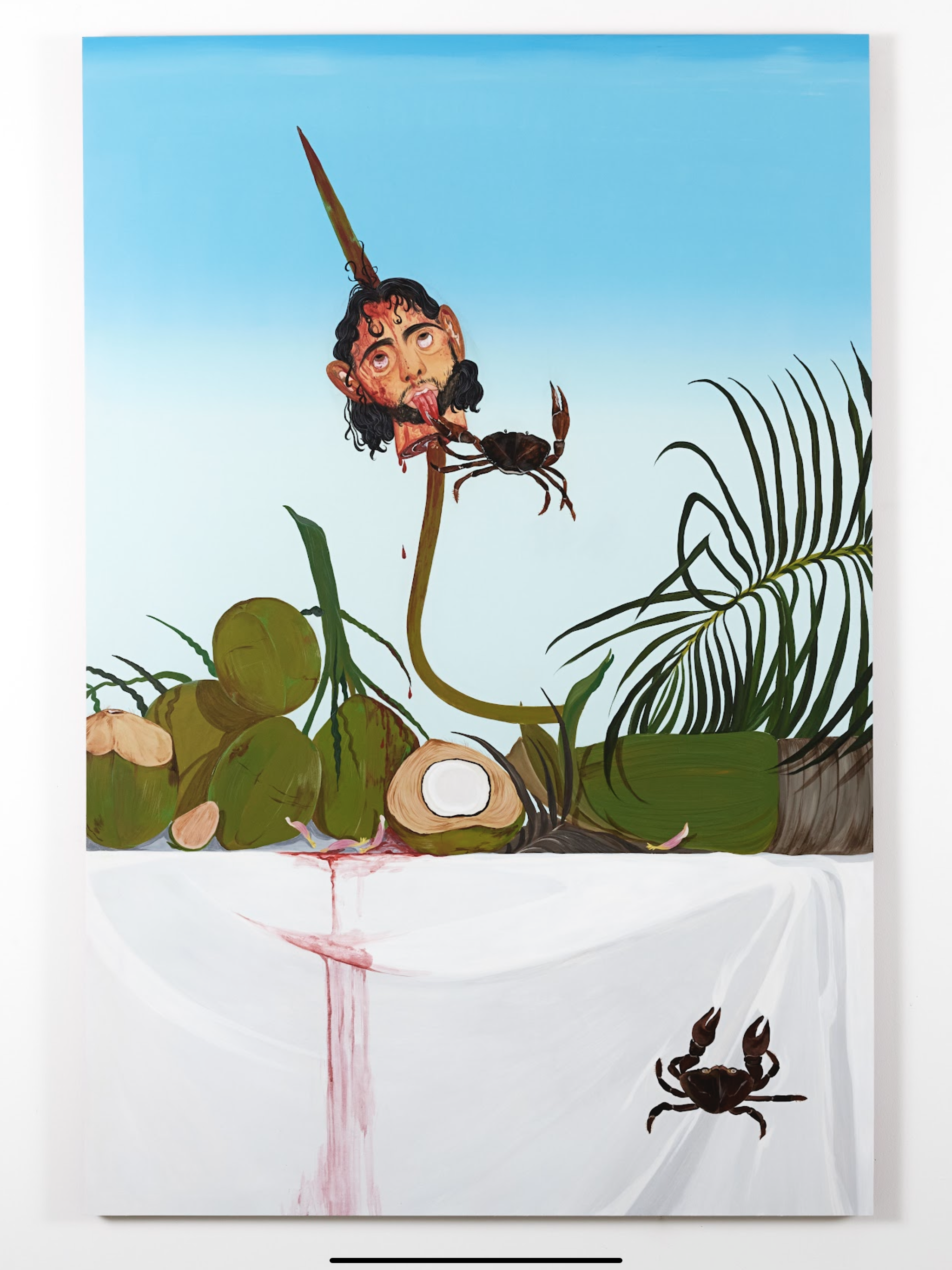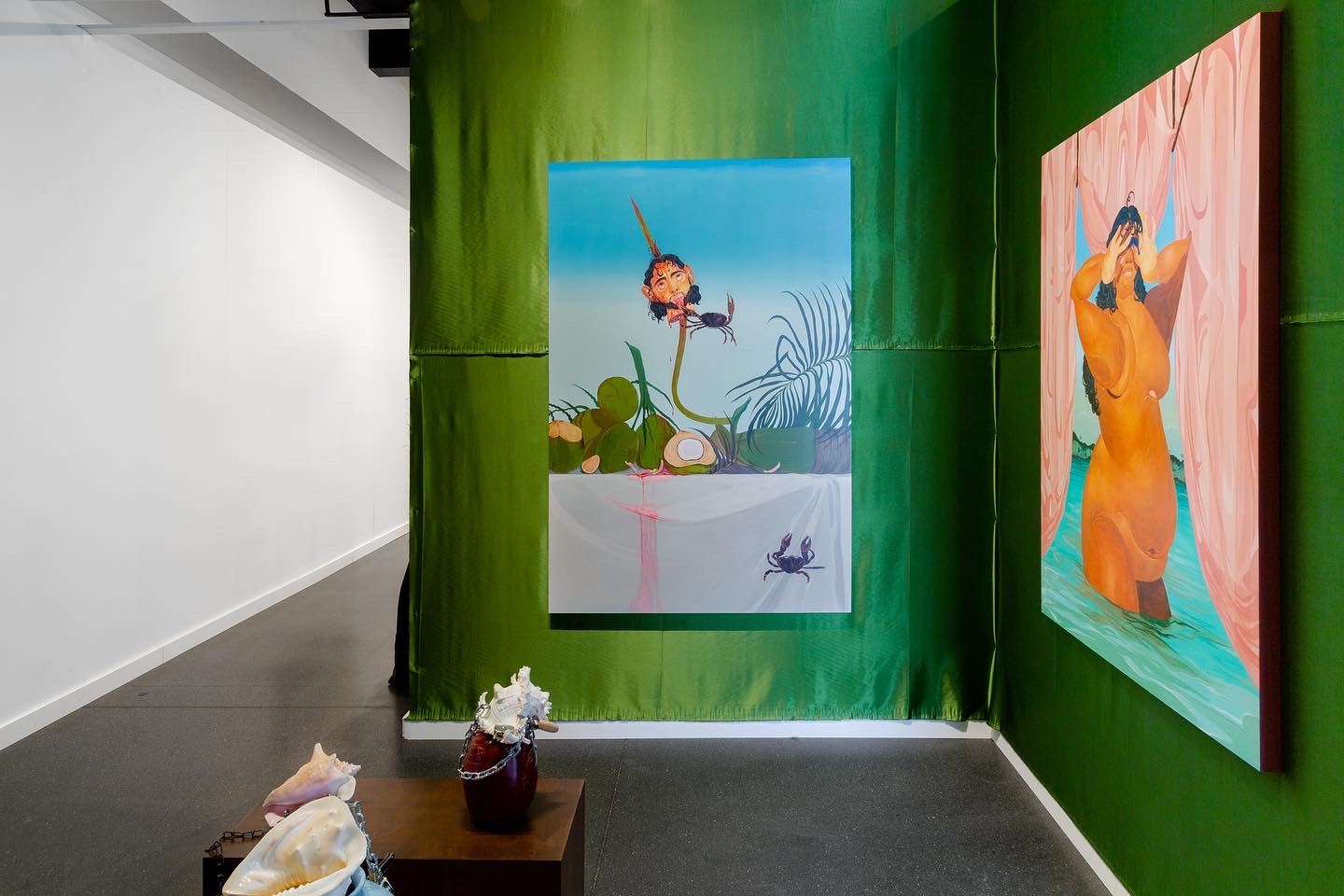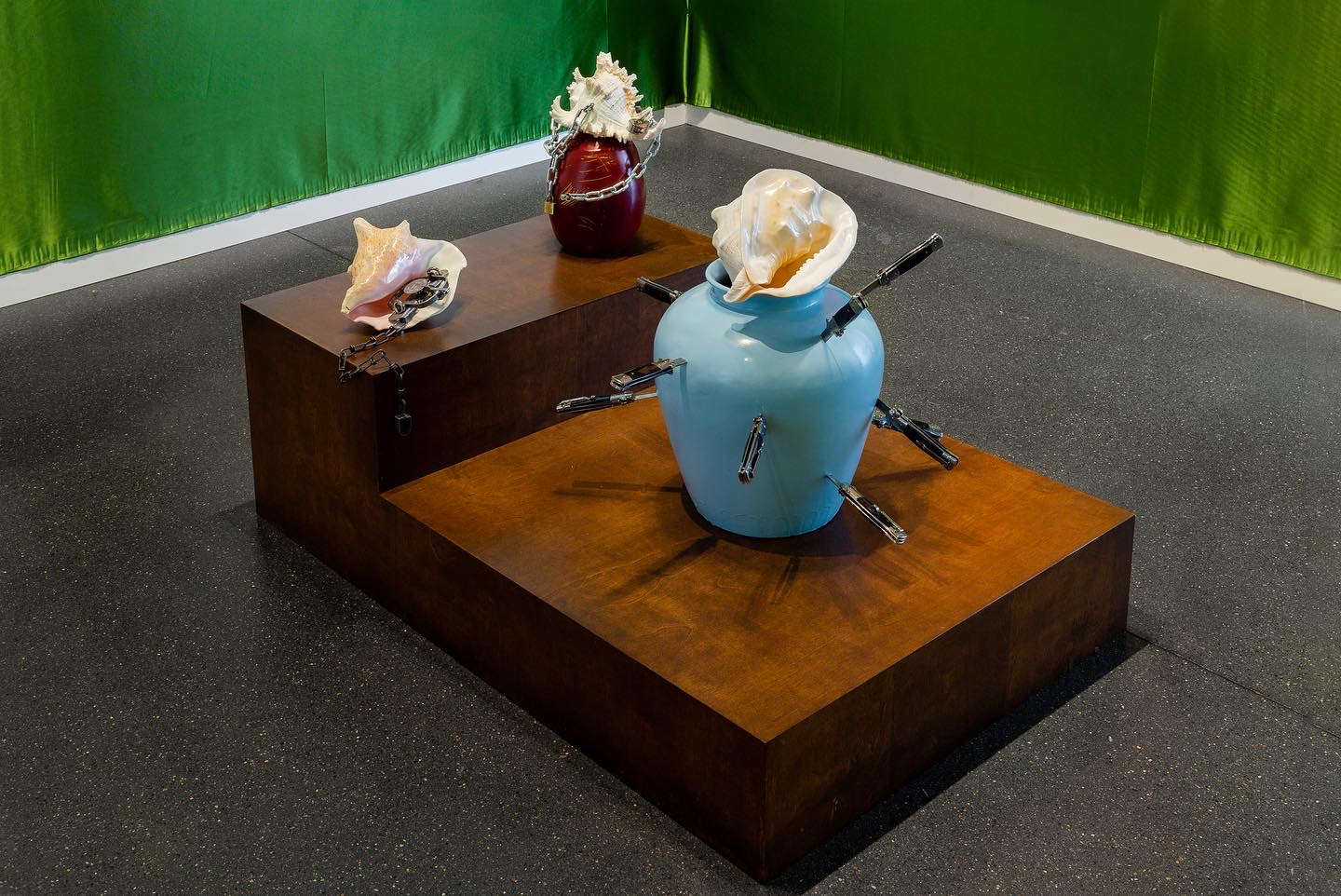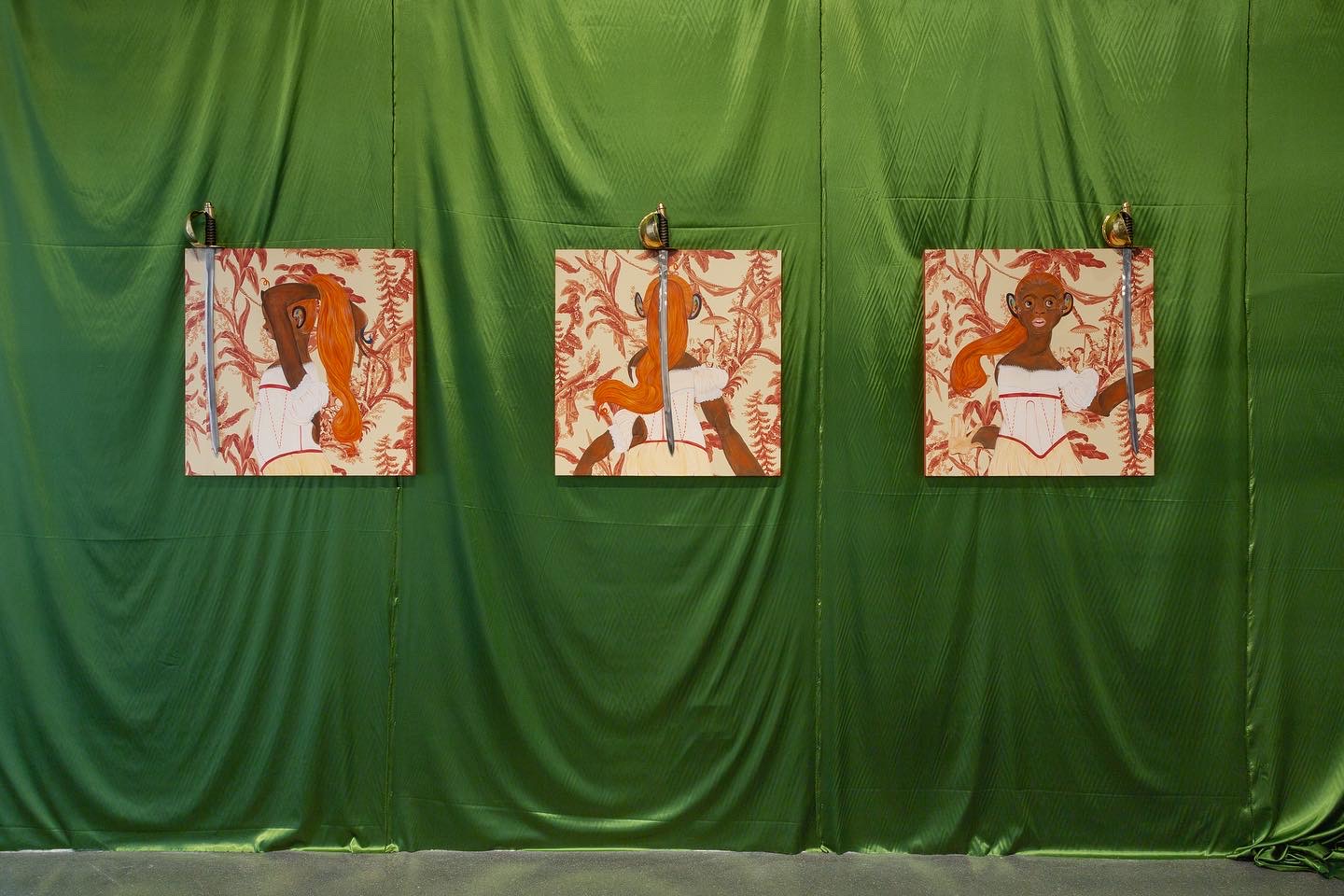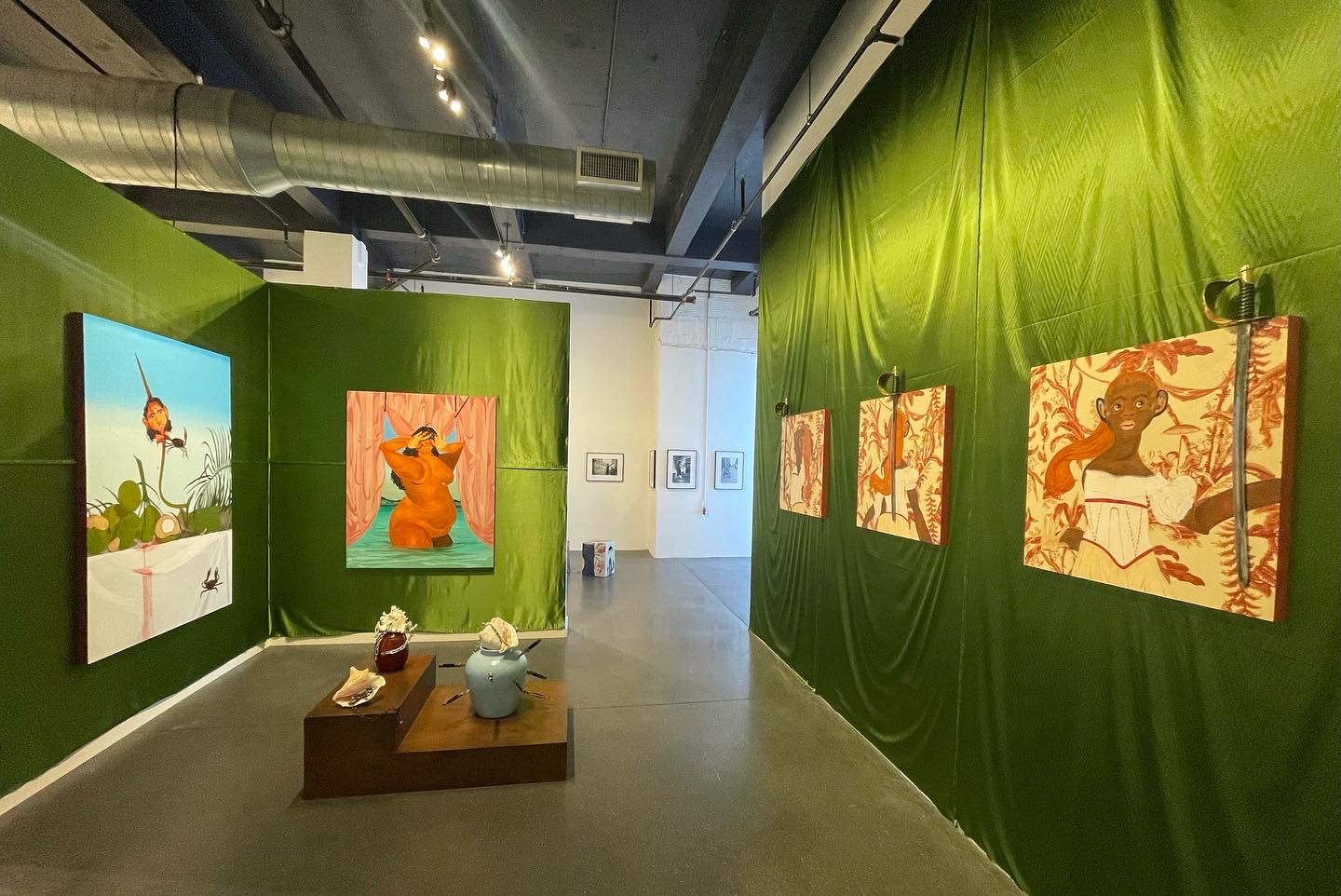
Where Things Happen #3 — May 2022
Bony Ramirez is among those artists who the pandemic offered unprecedented possibilities of emerging, through online shows and Instagram.
Long story short: as a self taught artist and out of the system at least until the 2020, Bony was previously working and making his living in constructions.
He moved to New Jersey in 2009 from the Dominican Republic, without finishing school.
Art was something he was doing on the side, mostly on Sunday and at night from his home.
Then, all of a sudden, things changed with an online show at the New York-based gallery Thierry Goldberg.
Now Bony is booked at least until the end of 2023, in full activity preparing fairs, shows and other acquisitions.
However, despite the current high demand for his work forcing him to work no stop, Bony doesn’t feel pressure, for now.
With a smile, he confesses: “That’s all I always wanted to do, and finally it can be full time…When I start working on a piece, I will never stop until the work is done”.
Now he can afford a large studio at Mana Contemporary NJ, one of the most innovative US creative hubs.
At the time of our visit, in his spacious and well-lit room Bony had different works he was working at once. They were on the left hand wall, while the ones on the right I would later learn are all what he wants to keep, at least for now.
In fact, he would later confess me that since his work started to attract collector’s and institutions attention, it has been hard for him to keep something for himself and he’s worried of having to produce an entire body of work, whenever a museum will approach him for an institutional solo show – which is one of his main goals in the next 2 years, at least in the US.
Among the latter, a set of eye-opening early works, guaches and sketches: they really reveal a lot about his image-making process and sources of inspirations, which largely draw from the tradition of art history and his Caribbean background andchildhood memories.
“Growing up in the Dominican Republic, Renaissance paintings and religious representations were almost all the art I had access to. The Italian Renaissance, and in particular Manierism, have been some of the main sources feeding my visual language”.
Still, not having access to any academic education, Bony was able to develop an extremely personal language, where references from art history fluidly mix with a more “empathic” representation of the human body, while embedding elements from Caribbean culture. Interestingly, Bony originally aspired to be a children’s books illustrator, as the naivety of his style confirm, but he would tell me he also wanted to study sustainability, because the relation between humans and nature has always fascinated him.
One of his early works hanging over his table reveals a lot of these interests, but also of how his practice and style has been rapidly evolving in these years: a red-colored androginous figure stands in balck-waters against a luxurious forest. It has something on the cheek that looks like a tear. Bony explains to me that he actually didn’t paint the background: being not comfortable yet with painting on canvas, at the beginning he would rather pick existing paintings from thrift shops, and then apply his pencil-drawn and colored silhouettes over them, with little retouching on canvas only afterwards.
Since then, his practice and control of the medium have rapidly developed, but his work has always been centered around these human figures which he represents purposely deformed, as if they are a continuous metamorphosis, a status in between vegetation and animals, with their limbs turning into tentacles and fascinating iridescences all around the ear canal turning ears into scheels.
“I was never good in proportions” Bony confesses “ but at the same time I was very attracted by the deformation of bodies in the avantguardes, as well as the sumptuous exaggerations in the Italian Manierism”
As we get closer to some works in progress, Bony walks me through his process of image-making: it all starts from notebooks where he sketches the very basic lines of the narration he would like to build. It’s more about figuring out the composition, since a big part in his work is about composing, arranging, staging the figure in a background, with a great sense of space that his experience in construction provided him.
“I learned a lot of tricks in constructing and decorating buildings that I’m now applying in my works, but above all I developed a great sense of figures in the space”
In fact, Bony literally “builds” these images: as in his early works, he has somehow kept the use of applied materials as a key aspect.
His backgrounds, for instance, are often obtained by applying sections of sumptuous fabrics he selects for their references to the colonial period, or other chromatic suggestions, which then also guide some of his other choices in composing the scene.
Looking at his voluptuous figures, we can appreciate how the sensual plasticity of these bodies is mostly built out of only colored pencils.
Once completed, he would apply these silhouettes on the support, where he already prepared a background.
Sometimes also incorporates a series of tridimensional objects, knives and shells in particular, looking for symbols that subtly refer to Caribbean traditions.
As restless experimenter, he’s now trying to diversify and obtain more volume through painting and colors, and exploring more the tri-dimensionality of backgrounds.
Still, all these scenes appear intentionally detached from ordinary reality.
The idea, he explains, is to build on a series of myths through symbolic elements that together can suggest this link with the Dominican, without being too explicit.
He intentionally makes these characters appear ambiguous and quite dramatic.
He seeks to preserve a symbolic crypticity, aiming to attract a more dedicated attention in the viewer, by forcing him to put in a little more effort in slowly decoding the image.
He knows that eventually he will need to make up a narration behind the image, but this often comes only in conversations afterwards.
Among those works on the right wall there was an imposing and captivating female figure recalling the long art history tradition of reclining nudes, from Giorgione’ The Sleeping Venus and Titian’s Venus of Urbino (c. 1538) up to Francisco Goya’s La maja desnuda (c. 1800) and Manet’ Olympia (1863). However, Bony’ version, in her voluptuous and abundant forms distinctively celebrates another model of beauty, as a hymn to the Caribbean body and its genuine sensuality. At the same time, the figure is also enigmatically androginous as in ongoing metamorphosis, opening up the canon to a set of new identity and gender awarenesses that have been matured since then.
The figure wears a semi-transparent sumptuous white lingerie, which delicately wind her forms. Bony would then explain to me that this is a recent commission he received for the new chain of lingerie shops that Rhianna is opening.
Bony has a busy schedule for this and the next year, but his eyes shine as he speaks about all those projects: they are really making him feel that his life-time aspirations are becoming true.
When I was there, he was working on a couple of canvases for his solo presentation with Regular Normal at the Independent Art Fair in New York, then held in early May. One of them was already optioned by a prestigious American collection.
For this solo he’s also planning to work on ceramics, expanding his narrative to sculptures.
“I think it’s important to keep a multilayered practice that can show restless research”.
At the time of our visit he was also starting to envision and work on some other pieces that then went on view at the Dallas Art Fair.
Nevertheless, Ramirez’ main projects are coming later this year with a big solo with a great Los Angeles-based gallery known for its talent-scouting ability, and a group show in Shanghai.
Always in Los Angeles he’s also taking part in a show at The Mistake Room, a non profit supporting Latinx/Latino artists, scheduled for September.
As other artists rapidly receiving market attention, galleries are now flirting and proposing representation.
This is not an easy choice within today’s global art market, as you never want to cut out opportunities, but also would need the right galleries taking care of developing your career. Naturally, this causes little pressure, especially for a 26-years old self taught artist as Bony, who really wants to make it, but in the right way.
He’s going to take his time, and focus on constantly improving and expanding his work and related narratives, prioritizing the platforms that will allow him to do that. Which, as he shows to be profoundly aware of, is the main base on which an artist’ career can be built, in the long term.






















